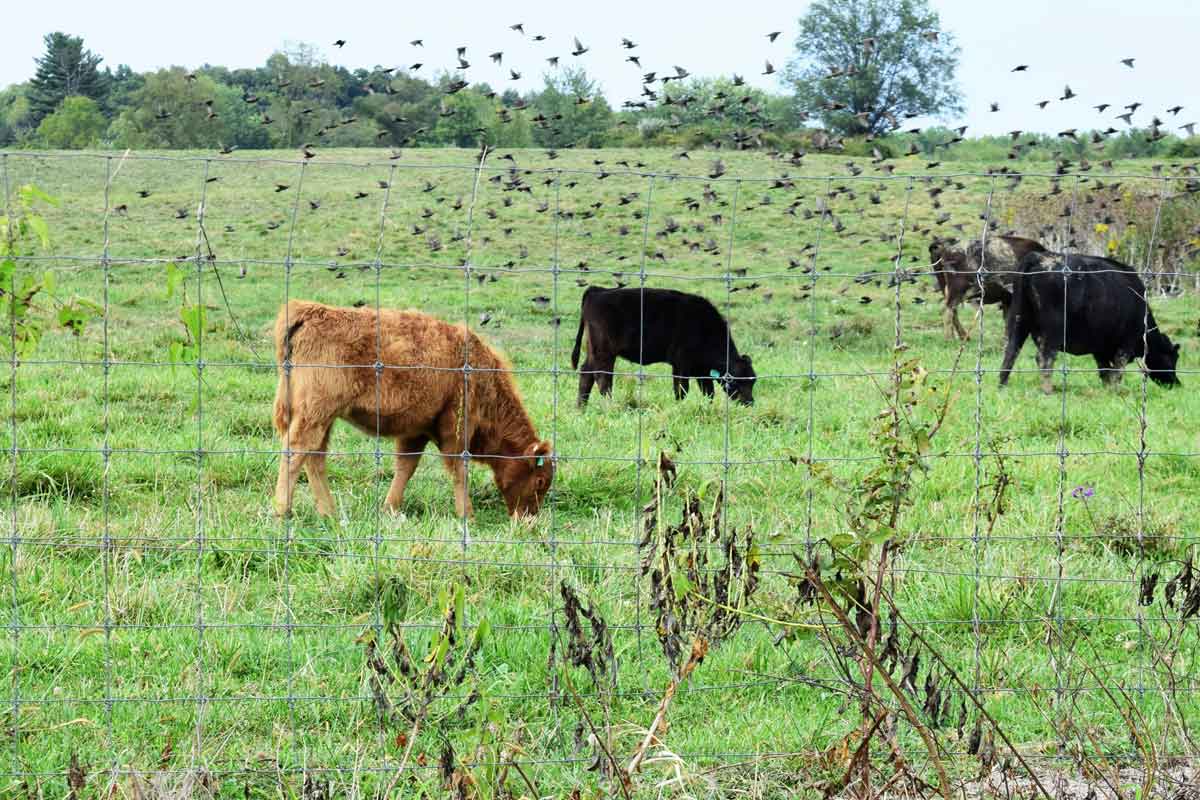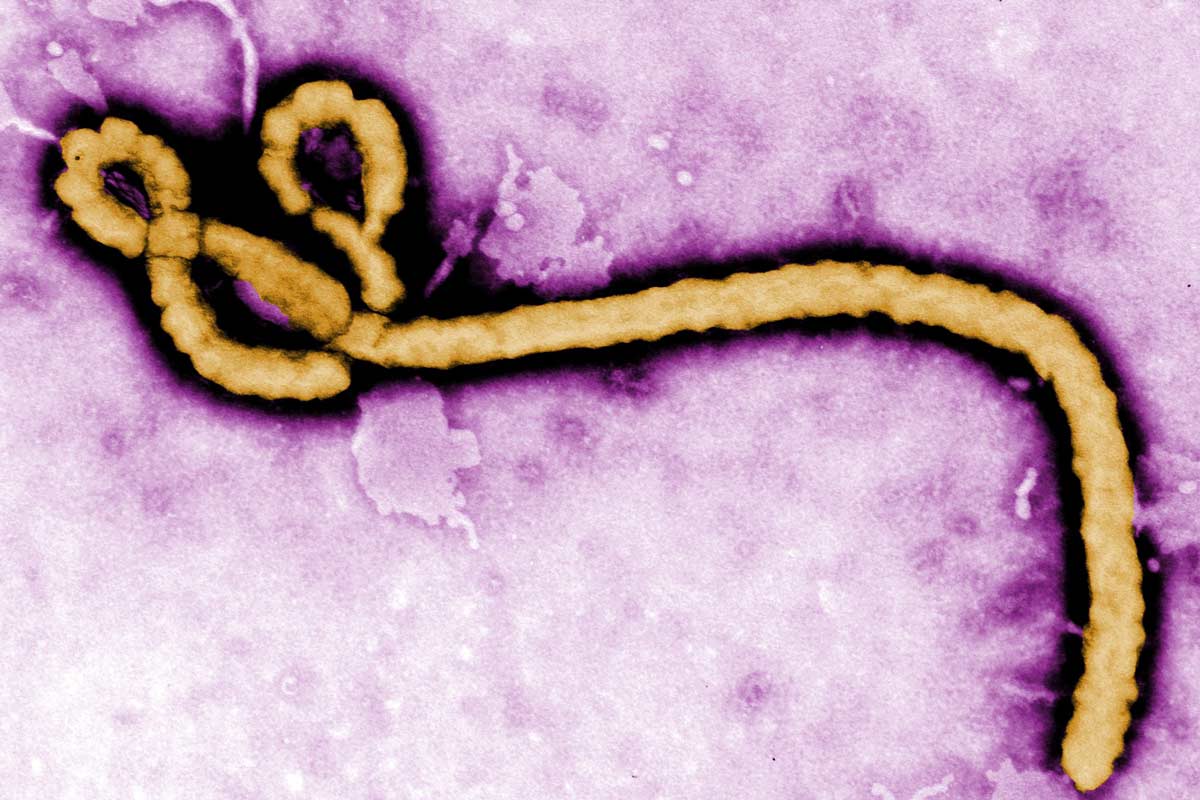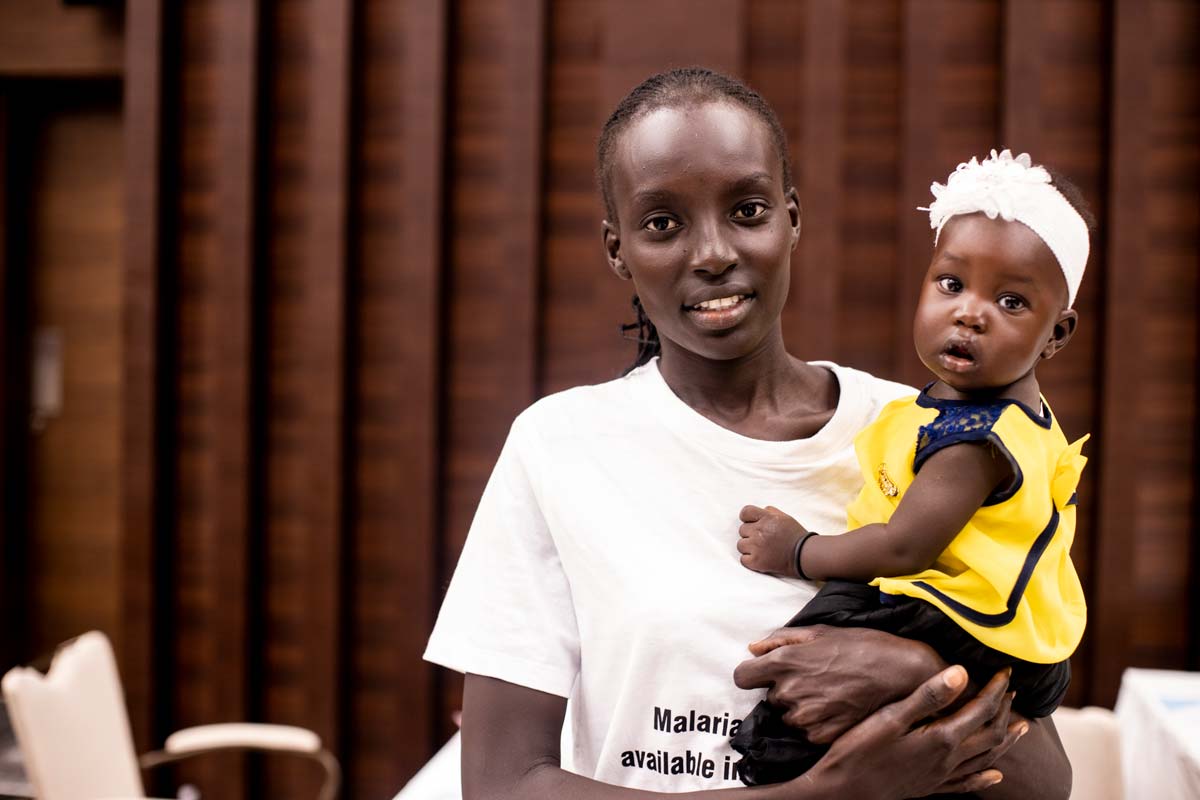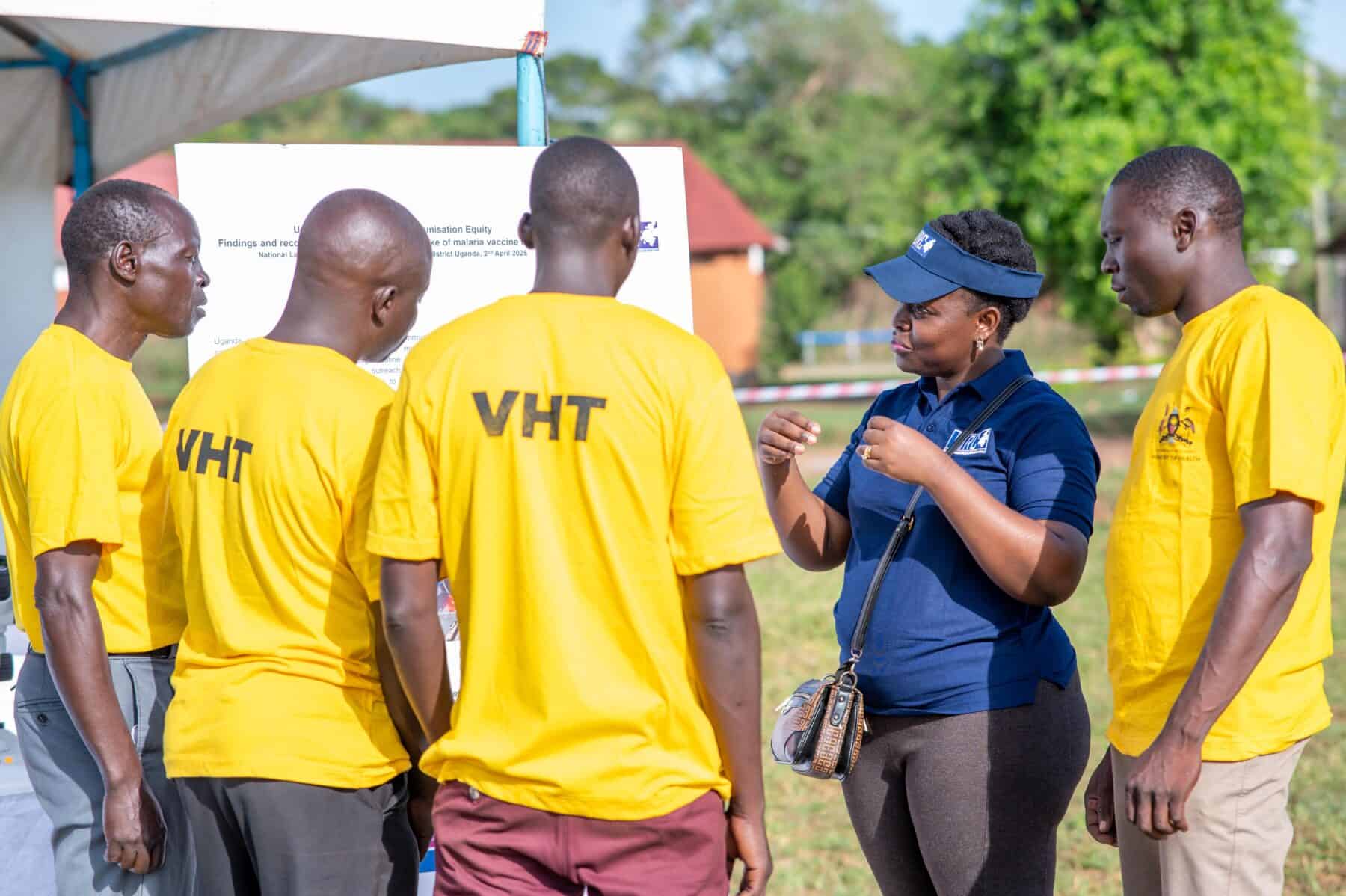Everything you need to know about Deltacron and other COVID-19 variants of concern
A hybrid of the Delta and Omicron COVID-19 variants, Deltacron may sound scary, but there is currently no reason for great concern.
- 18 March 2022
- 6 min read
- by Linda Geddes
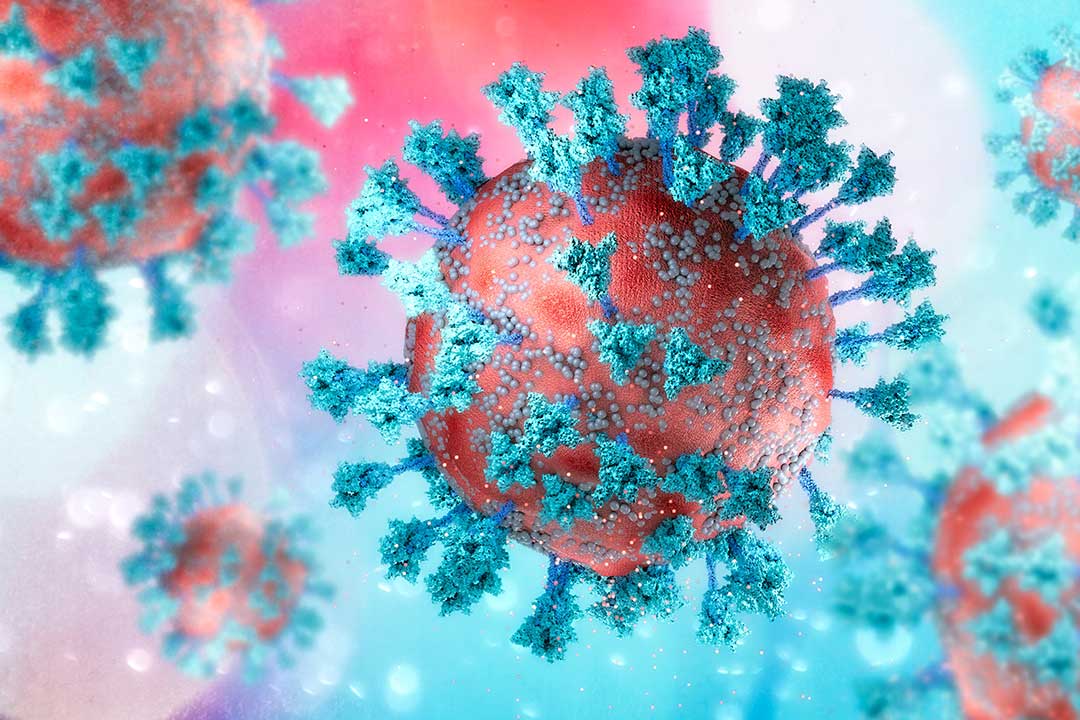
Such is the transmissibility of the Omicron and Delta COVID-19 variants, that they have eclipsed all previously circulating variants of concern, and are currently the only ones deemed to be a serious threat by the WHO.
As the highly transmissible Delta, and then Omicron, variants emerged and spread, they outcompeted the Alpha, Beta and Gamma variants, the prevalence of which has gradually diminished across the globe. During the past three months, few to no sequences of these variants have been reported, the WHO said.
The BA.2 version of Omicron, in particular, appears to be even more transmissible than its BA.1 predecessor, and is currently helping to fuel surges across China, Europe and the US, in combination with relaxations in people’s behaviour, and waning immunity from vaccines and past infections.
The WHO is also monitoring the recently identified “Deltacron”, as well as an earlier variant called B.1.640.2, first identified in France in early November 2021, but these have not yet been designated variants of concern or variants of interest – meaning there is currently no evidence to suggest they’re more contagious, cause more severe disease, or are less susceptible to public health measures, vaccines, diagnostic tests and/or therapeutics.
Deltacron is, in fact, not a variant, but a broad nickname describing variants that contain a mixture of mutations found in Delta and Omicron. Such hybrid viruses occur frequently, and are not, in themselves, a cause for concern.
Is Omicron outcompeting Delta?
As of 13 March, 99.9% of viral genetic sequences uploaded to the global GISAID database (a repository where scientists share information about viruses with one another) over the past 30 days were Omicron (430 487 sequences), while 0.1% (400) were Delta. Although the global distribution of variants needs to be treated with some caution, due to delays in reporting and differences in sampling and sequencing capacities between countries, this suggests that Omicron is now responsible for the vast majority of COVID-19 infections around the world.
Although Omicron appears to be less severe than the Delta variant, it still has the potential to cause severe disease in those it infects – particularly if they have not been vaccinated. Its enhanced transmissibility also means that it is better able to find susceptible people, resulting in a larger number of infections overall. As a result, it is putting huge pressure on the health systems of many countries, and contributing to a large number of vaccine-preventable deaths.
What about BA.2?
Since it was first detected, the Omicron variant has branched off into several sub-lineages – closely related variants sharing a common ancestor – including BA.1, BA.1.1, BA.2 and BA.3. All viruses acquire new mutations over time, so this is perfectly normal, and the same thing previously happened with other variants of concern. Sometimes, though, sub-lineages emerge with modified behaviours, such as enhanced transmissibility, as a result of the mutations they carry.
This appears to be what’s happened with BA.2: Small differences in its genetic sequence, including in areas affecting the coronavirus spike protein and other proteins, has made it even more transmissible than BA.1, which remains the most common Omicron sub-lineage. As a result, the proportion of reported sequences designated BA.2 has been increasing relative to BA.1 in recent weeks, the WHO says.
Have you read?
Even so, this difference in transmissibility appears to be much smaller than the difference between BA.1 and Delta. Also, although BA.2 is increasing relative to other Omicron sub-lineages, there is still a reported decline in overall COVID-19 cases globally.
Another glimmer of good news is that the antibodies triggered in response to BA.1 infection appear to protect against BA.2, so if you’ve already recovered from Omicron, you’re unlikely to catch it again – at least in the short-term. Early data also seems to suggest that the severity of disease caused by the BA.1 and BA.2 sub-variants is similar.
Omicron continues to evolve, and, as with other variants, the more it circulates, the greater the risk that further mutations will arise that could render vaccines less effective, cause more severe disease, or result in even more transmissible variants. This makes it more important than ever to expand global access to COVID-19 vaccines and to try and avoid infection, even if you’ve been vaccinated.
Could Deltacron pose a serious risk?
Hybrid or “recombinant” viruses such as Deltacron can arise when more than one variant infects the same person at the same time, and they interact during replication within the same cell. Although it has been nicknamed “Deltacron”, the formal name for the variant being monitored by the WHO is the BA.1 x AY.4 recombinant, and it is thought to have been circulating since early January 2022. So far, genomes with a similar profile have been reported in France, Denmark, Germany, The Netherlands, UK and US.
The WHO designated it a “variant under monitoring” on 9 March. This means it has genetic changes that are suspected to affect its characteristics, with some indication that it may pose a future risk, although evidence for this is currently lacking. It will continue to be monitored and reassessed, pending new data, the WHO said.
Also under monitoring is the B.1.640.2 variant, first identified at the IHU Méditerranée Infection Institute (IHU) in Marseille, France – leading some to nickname it the IHU variant. It contains 46 mutations, relative to the original Wuhan strain of SARS-CoV-2, and is thought to have been circulating since September 2021.
The fact that both of these variants have been known about for some time, and do not appear to be growing exponentially, suggests there’s no reason to be excessively concerned for now.
What’s happened to the other variants of concern or interest?
As the highly transmissible Delta, and then Omicron, variants emerged and spread, they outcompeted the Alpha, Beta and Gamma variants, the prevalence of which has gradually diminished across the globe. During the past three months, few to no sequences of these variants have been reported, the WHO said.
When the WHO’s Technical Advisory Group on SARS-CoV-2 Virus Evolution (TAG-VE) convened on 7 March, it decided to designate them “previously circulating variants of concern (VOCs)” whereas Delta and Omicron are designated “currently circulating VOCs”. Similarly, the Lambda and Mu variants of interest (VOI), first identified in Peru and Columbia, are now designated “previously circulating VOIs”.
This doesn’t mean such variants have disappeared entirely, and future upsurges remain a possibility, but they don’t currently represent a major threat. Cases will continue to be monitored, moving forwards.
